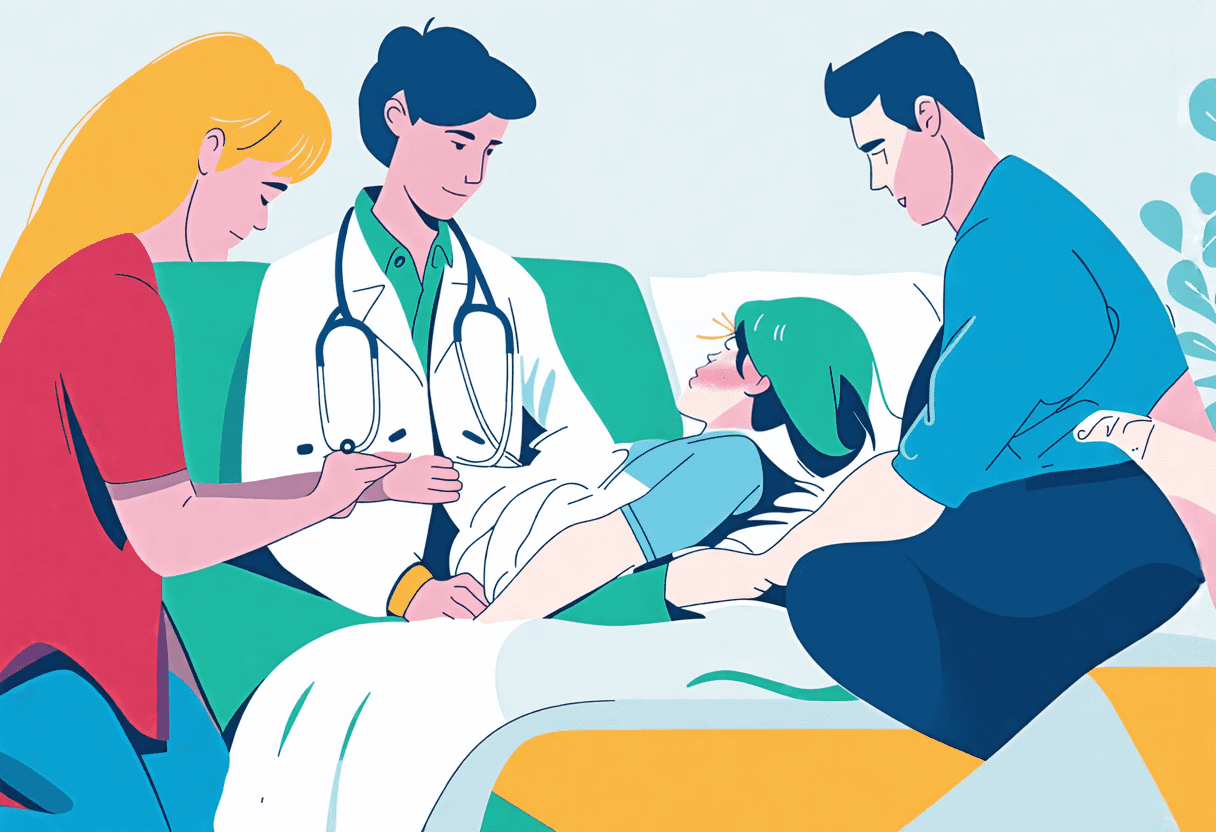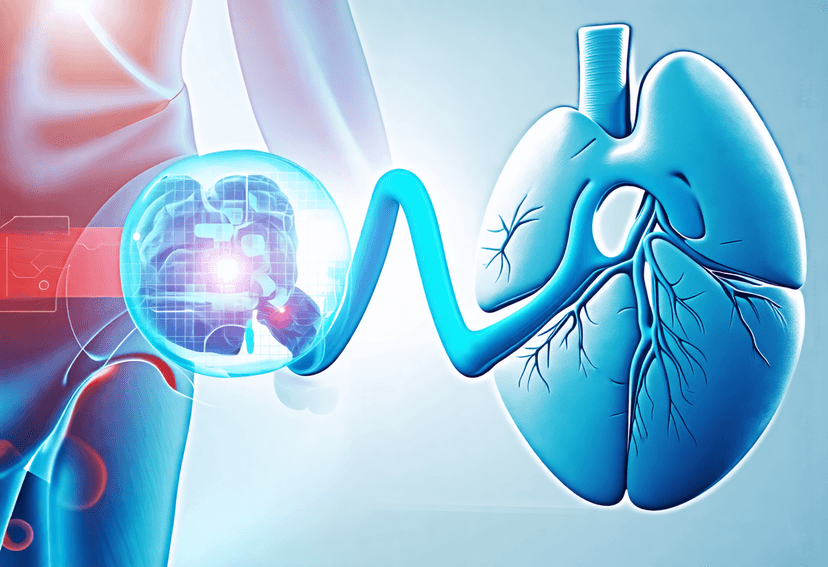
Seizure First Aid: What to Do
03 Nov, 2024
 Healthtrip
HealthtripWhen someone has a seizure, it can be a frightening and overwhelming experience for everyone involved. However, with the right knowledge and training, you can provide crucial support and care during this critical moment. As a leading medical tourism platform, Healthtrip understands the importance of being prepared for any medical emergency, including seizures. In this blog post, we'll delve into the world of seizure first aid, exploring what to do and what not to do when someone has a seizure, and how Healthtrip's services can help individuals with seizure disorders access the care they need.
What Happens During a Seizure?
A seizure is a sudden, uncontrolled electrical disturbance in the brain that can cause a range of physical symptoms. During a seizure, the brain's normal functioning is disrupted, leading to abnormal movements, sensations, or behaviors. There are several types of seizures, including tonic-clonic seizures (also known as grand mal seizures), absence seizures, and partial seizures. Tonic-clonic seizures are the most common type and involve convulsions, loss of consciousness, and muscle rigidity.
Most popular procedures in India
Recognizing the Signs of a Seizure
It's essential to recognize the signs of a seizure to provide timely and appropriate care. Common signs of a seizure include:
- Convulsions or uncontrollable muscle movements
- Loss of consciousness or responsiveness
- Unusual sensations, such as numbness or tingling
- Abnormal smells or tastes
- Unusual sounds or visions
Wellness Treatments
Give yourself the time to relax
Lowest Prices Guaranteed!

Lowest Prices Guaranteed!
What to Do During a Seizure
If someone is having a seizure, your prompt response can make a significant difference in their safety and well-being. Here are the steps to follow:
Stay Calm and Safe
Remain calm and composed to ensure your own safety and the safety of the person having the seizure. Clear the surrounding area of any objects that could cause injury and move any sharp objects away from the person.
Loosen Tight Clothing
Gently loosen any tight clothing around the person's neck, such as scarves or collars, to help them breathe more easily.
Turn the Person onto Their Side
Carefully turn the person onto their side in the "recovery position." This helps to keep their airway open and prevents them from choking on their tongue or saliva.
Time the Seizure
Time the seizure using a watch or phone to determine its duration. This information is crucial for medical professionals when the person receives medical attention.
Do Not Restrain
Avoid restraining the person or trying to hold them down, as this can cause injury to both you and the person having the seizure.
Do Not Put Anything in the Person's Mouth
Never put anything in the person's mouth, including your fingers, during a seizure. This can cause injury to their jaw, teeth, or mouth.
What to Do After the Seizure
Once the seizure has ended, there are several steps you can take to ensure the person's safety and comfort:
Check for Injuries
Check the person for any injuries, such as cuts or bruises, and provide basic first aid if necessary.
Stay with the Person
Stay with the person until they are fully awake and alert, as they may be confused or disoriented after the seizure.
Call for Medical Help
If the seizure lasts for more than five minutes, or if the person has another seizure soon after the first one, call for emergency medical help immediately.
Healthtrip's Role in Seizure Care
At Healthtrip, we understand the complexities of seizure disorders and the importance of accessing specialized medical care. Our platform connects individuals with seizure disorders to top-rated hospitals and medical professionals worldwide, ensuring they receive the best possible treatment and care. From diagnosis to treatment and rehabilitation, Healthtrip's services are designed to support individuals with seizure disorders every step of the way.
By providing access to cutting-edge medical facilities, advanced diagnostic tools, and expert medical professionals, Healthtrip helps individuals with seizure disorders take control of their health and wellbeing. Whether you're seeking a second opinion, exploring treatment options, or require ongoing care, Healthtrip's services are tailored to meet your unique needs and preferences.
Conclusion
Seizures can be a frightening and overwhelming experience, but with the right knowledge and training, you can provide crucial support and care during this critical moment. By understanding what to do and what not to do during a seizure, you can help ensure the person's safety and comfort. At Healthtrip, we're committed to supporting individuals with seizure disorders, providing access to world-class medical care and expertise. Together, we can make a difference in the lives of those affected by seizure disorders.
Related Blogs

Urological Emergencies: What to Do
A guide to recognizing and responding to urological emergencies

Max Hospitals: Comprehensive Emergency Care Services
Max Hospitals is a leading healthcare institution known for its

Fortis Hospitals' Comprehensive Critical Care Services
Fortis Hospitals is one of India's leading healthcare providers, providing










